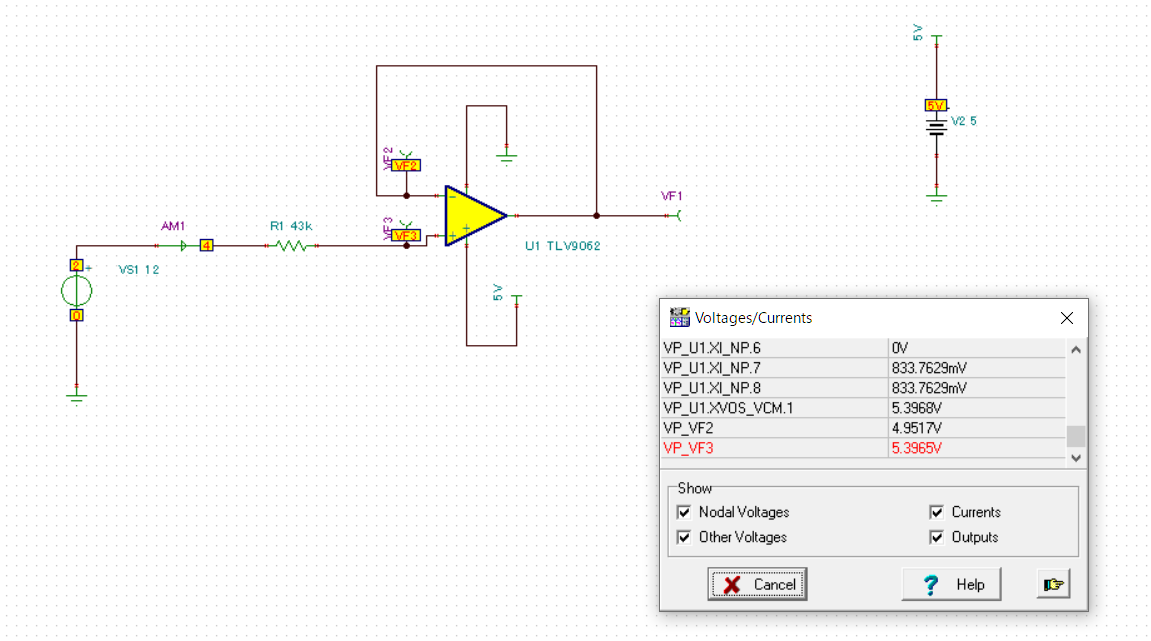Other Parts Discussed in Thread: TINA-TI, TLV906X, OPA376
Hello,
I would like you to ask how user define current limitation resisor which is decribed in datasheet of "11.1 Input and ESD protection".
According to datasheet, input should be less than 10mA. So I think that resisoro value should be defined as shown below. when user input higher input voltage than V+
* R = VIN - ("V+" + 0.6V) / 10mA
Is my understanding correct ?
(I assume buffer circuit(G=1).)
Best Regards,


